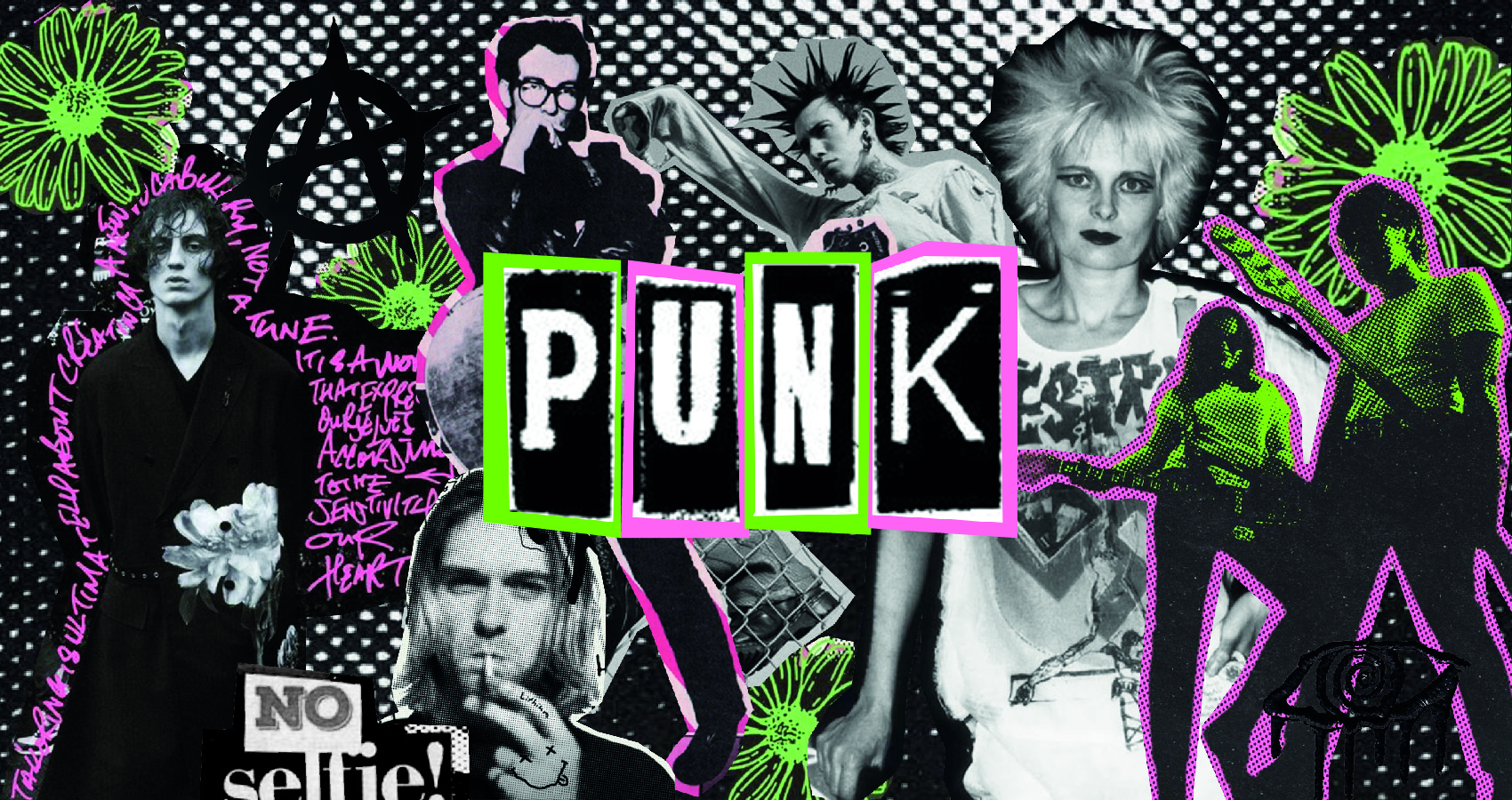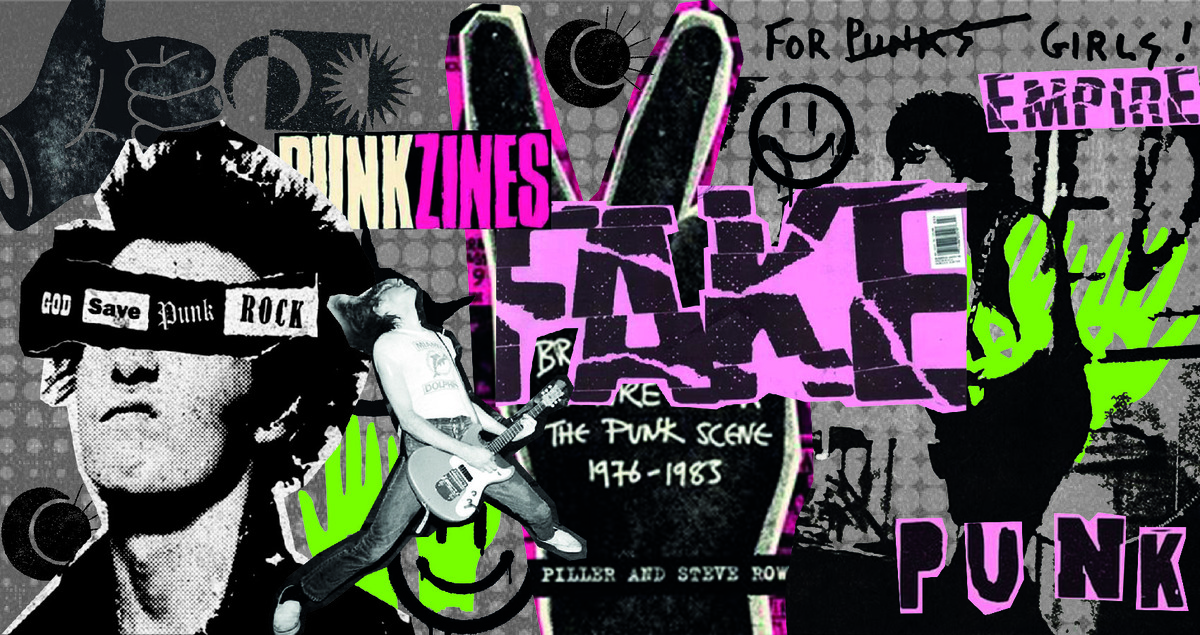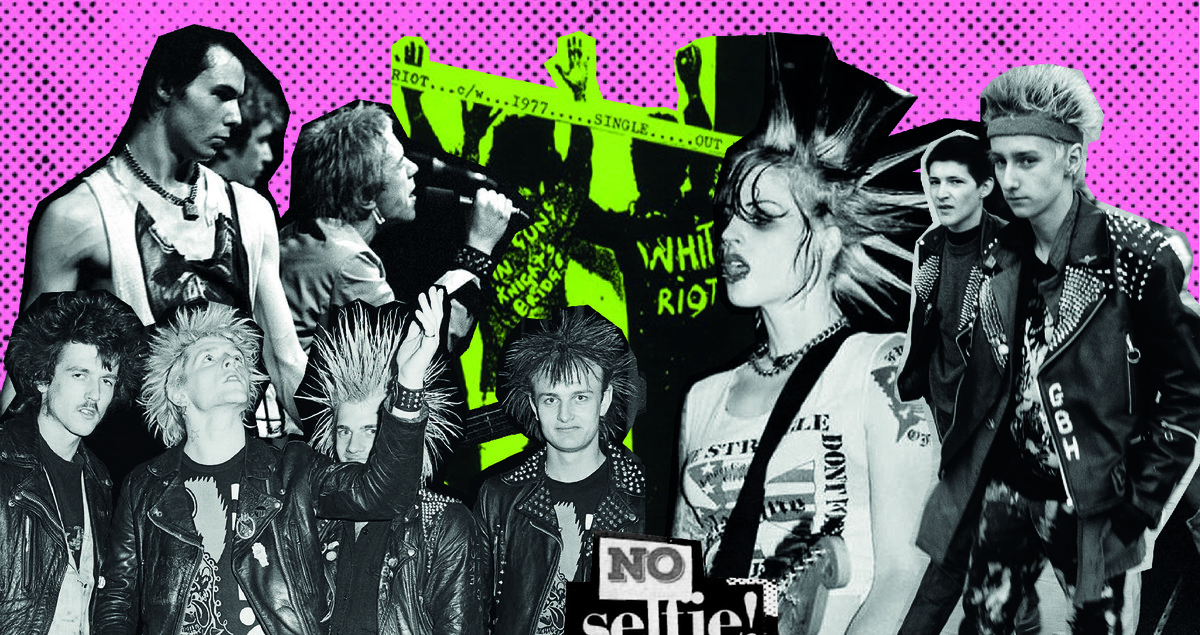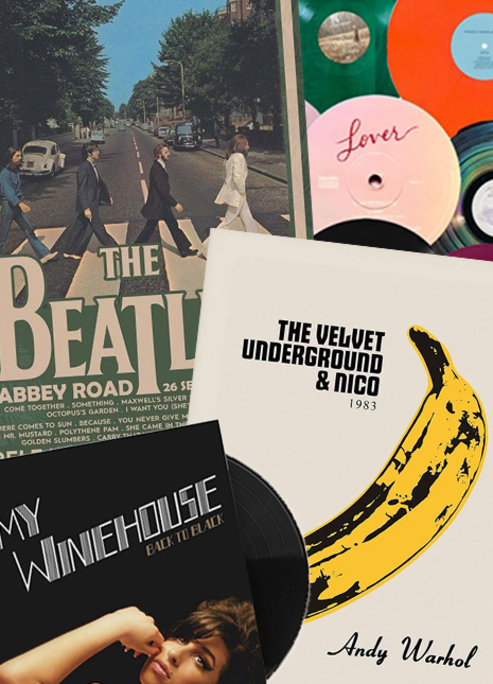
Punk Media: The Voice of Rebellion
The evolution of punk media, from 1970s DIY zines to modern digital platforms.
Punk media emerged alongside the punk rock movement of the 1970s, serving as a raw and unapologetic outlet for the counterculture. Zines like Sniffn' Glue became pivotal in disseminating punk ideology, often created by fans with minimal resources. These DIY publications celebrated nonconformity, rejecting mainstream media's polished narratives.
The DIY Ethos!
At its core, punk media embraced the do-it-yourself (DIY) ethos. From hand-drawn zines to lo-fi recordings, it offered an authentic representation of a scene often ignored by traditional outlets. Punk media gave fans and bands a platform to connect, share ideas, and challenge societal norms. The grassroots approach inspired other subcultures cementing its cultural impact.

The Digital Revolution
With the advent of the internet in the late 1990s, punk media experienced a renaissance. Websites, blogs, and forums became digital zines, expanding the reach of the movement beyond local communities. Platforms like MySpace and later Bandcamp helped punk bands gain visibility, while social media amplified grassroots activism and punk aesthetics globally.

Punk Media Today
In the modern era, punk media has evolved but retained its core principles. Podcasts, YouTube channels, and Instagram accounts now carry the torch of punk's rebellious spirit. Independent publishers and creators continue to prioritize authenticity over commercialism, ensuring that punk remains a vibrant, defiant force in media.
Punk media's rise reflects the enduring power of self-expression and resistance. From its zine-filled beginnings to its digital presence, it remains a testament to the resilience of countercultural voices.











